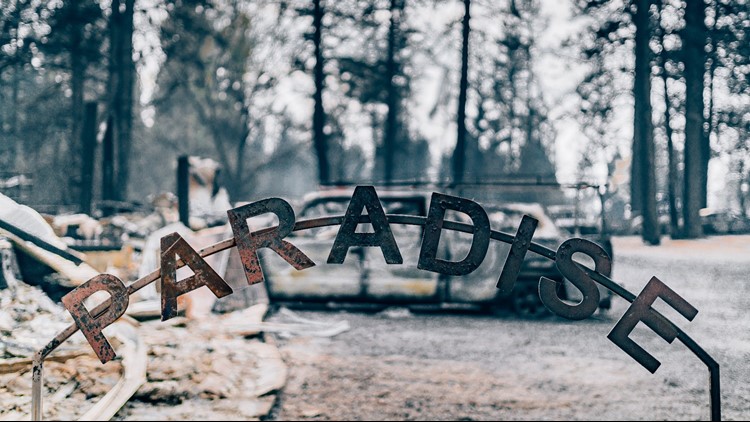

But these were present even as previous growth spurts lifted millions out of poverty. There are plenty of problems with India’s economy, from poor primary education to an inability to grow its limited manufacturing sector. Many people have given up looking: labour-force participation rates have fallen since the pandemic. cmie surveys suggest the unemployment rate is also higher, averaging more than 7% over the past two years.

Take-up for a rural-employment programme, which guarantees low-wage work to participants, remains above pre-covid levels. Labour-market data also bely India’s impressive headline growth figures.

Rural food costs have risen by 28% since 2019 onion prices by an eye-watering 51%. Poor families, for whom food makes up 60% of household expenditure, have felt the strongest pinch. Since then inflation has further eroded purchasing power: real wages in rural areas, where most of the poor live, have stagnated, and annual inflation jumped to 6.5% in January. The World Bank estimates shutdowns pushed 56m Indians into extreme poverty. The recovery from the pandemic, when harsh lockdowns whacked the economy, has been horribly slow. According to a survey of 44,000 households by the Centre for Monitoring Indian Economy ( cmie), a research outfit, only 6% of India’s poorest households-those bringing in less than 100,000 rupees ($1,200) a year-believe their families are better off than a year ago. These suggest poverty reduction has stalled, and maybe even reversed. Thus assessments and inferences must be made using other surveys and data sets, such as vehicle sales. Ministers have not published a poverty estimate in more than a decade. The problem is that answering the question is fraught with difficulty. Mike Snider of USA Today contributed to this report.Not many questions are more central to Indian politics than the wellbeing of the country’s everyman. So, who wouldn't want to drink a world-class craft beer while making a difference to someone in need?’’

“Whether it’s big beer canning potable water for affected areas or local breweries hosting fundraisers, beer makers and beer lovers show up. “The beer community, locally and nationally, has always come together to help when needed,’’ he said. Plate stressed that Sierra Nevada’s project might be the biggest example of something that is inherent in the close-knit brewing universe. Some may never be reimbursed for their losses and those that will be may have to wait months, maybe years.’’Īsbury Park Brewery has begun brewing 15 barrels of the IPA and plans to tap it on Saturday, Dec. People have been affected by this natural disaster and need help. “I know how slow the insurance money and FEMA relief can be, so this seemed like a perfect opportunity for us to do something to help. “Also, being from the Jersey Shore, the memory of Sandy and the destruction that it brought is still very fresh in our minds,’’ Plate added. Visitors can expect find Resilience in the Flying Fish taproom in Somerdale on Dec. And in these corrosive times, it’s nice for folks to be able to help other folks.’’ “This is in our DNA,’’ he said, adding that in addition to FU Sandy, which raised $100,000 for hurricane victims, Flying Fish also used its brew house to help victims of Hurricane Harvey, to fight ALS and to help clean up the Atlantic Ocean, among other causes. Standing among so many natural wonders while talking about the project further highlighted the losses in California, he said. National Arboretum outside Washington, D.C. Muller was reached while visiting the U.S. The largest craft brewery in New Jersey has a long history of brewing beer for good causes, says founder Gene Muller, most notably its 2013 Forever Unloved (FU) Sandy wheat pale ale, which benefited victims of the state’s catastrophic hurricane. Flying Fish Brewing Company in Somerdale, Camden County, didn’t hesitate to get involved in the Sierra Nevada challenge.


 0 kommentar(er)
0 kommentar(er)
